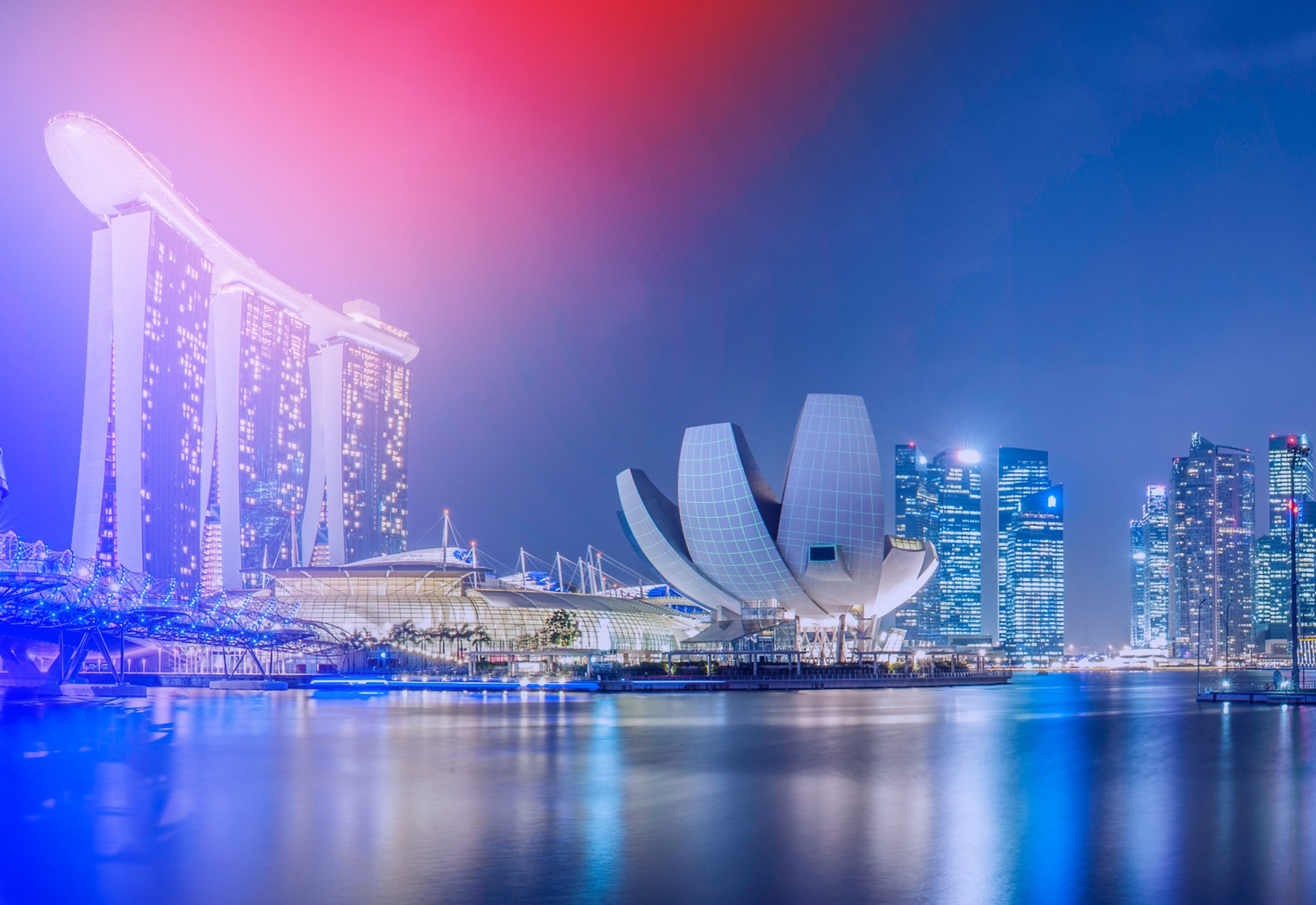Share this post

Do you know the most expensive market in Asia to do business in?
Labour forms major component – up to 55% – of total costs across countries
- Singapore is the most expensive country in Asia, with its monthly average operating costs at approximately 64% to 76% higher than other countries in the region; Cambodia and Myanmar are among the lowest ranked
- Despite the high costs, Singapore is the top choice for companies with higher-value-added manufacturing with complex processes and automation requirements
Understanding which stage of the manufacturing value chain the business is in is a critical factor of consideration before deciding on an optimal location in Asia to establish a new manufacturing outpost. This is according to a new report released today by TMX, a business transformation consultancy in Asia Pacific.
The report, entitled ‘The Great Supply Chain Migration – Breaking down the Cost of Doing Business in Asia’, has been developed amidst a renewed drive by businesses to diversify manufacturing locations and expand operations into new markets in Asia.
It delves into the average costs of doing business in Asia and the corresponding country competitiveness across nine popular potential manufacturing locations: Cambodia, India, Indonesia, Malaysia, Myanmar, the Philippines, Singapore, Thailand, and Vietnam.
The research analysed labour, lease, logistics, utilities, and telecommunication costs in each of these nine markets. It was revealed that labour costs are the major component of total costs, forming up to 55% of average monthly operating costs. This was followed by leasing, logistics, utilities, and telecommunications costs respectively.
The report also investigated the competitiveness of the markets based on qualitative factors comprising business environment, talent performance, logistics performance, and readiness for digitalisation.
Based on these findings, the countries, except Singapore, were then classified into at least one of three stages of the manufacturing value chain. The three stages are ‘basic assembly lines’, ‘developing supply chains’ and ‘early automation’.
Countries in the first stage – Cambodia and Myanmar – are suitable manufacturing bases for businesses in sectors like textile and garments. On the other hand, the likes of Philippines, Indonesia, and Vietnam, which are categorised in the intersection of the first two stages, offer good bases for businesses in sectors like electronics that do not require manufacturing sophistication or highly skilled labour. The remaining countries at the stage of ‘early automation’ are good choices for businesses that have started to invest in smart manufacturing and innovation.
Singapore was excluded from the categorisation given its high costs – more than double the cost of the next most costly country – and its overall competitiveness, making it the obvious choice for companies with higher-value-added manufacturing involving complex processes and automation requirements.
Megan Benger, Director – Supply Chain at TMX, and co- author of the report, said the findings highlight the high diversity of the markets in Asia. Each market offers different advantages and limitations, making it crucial for businesses to carefully weigh their options before setting up base in a selected location.
The findings in our report underscore the importance of firstly evaluating what the business needs and goals are before deciding on a location.
“In our consulting work, businesses usually have a good understanding of where in Asia they would like to have their manufacturing base at. However, the findings in our report underscore the importance of firstly evaluating what the business needs and goals are before deciding on a location. Understanding these is key in helping businesses navigate the disparities in costs and conditions of the different countries in Asia and thus, making a decision that will benefit the business,” said Ms Benger.
She added, “While there are now vast amounts of information available online about the different markets in Asia, these can sometimes be conflicting or dated. Therefore, it is also essential that businesses tap on the experience and current knowledge from on-ground partners.”
The report also evaluated the availability of talent and the respective competitiveness of each country’s labour force – factors that are essential to consider given labour’s large contribution to overall costs. It also measured the markets’ readiness for digitalisation to provide a more complete picture for businesses to consider given how supply chains today are increasingly adopting digitalisation.
“Beyond direct operating costs, it is also imperative that businesses look at qualitative factors like business environment to have a clearer perspective of the market they are looking to set up or expand in. Our findings show that while the markets in Asia are mostly on equal footing when it comes to the qualitative aspects, there remains significant differences between the markets.
“The team at TMX is equipped with in-market knowledge and experience of the different markets. We look forward to working with businesses in making informed decisions around expansion and diversification in Asia,” said Rebecca An, Supply Chain Consultant, TMX, co-author of the report.
